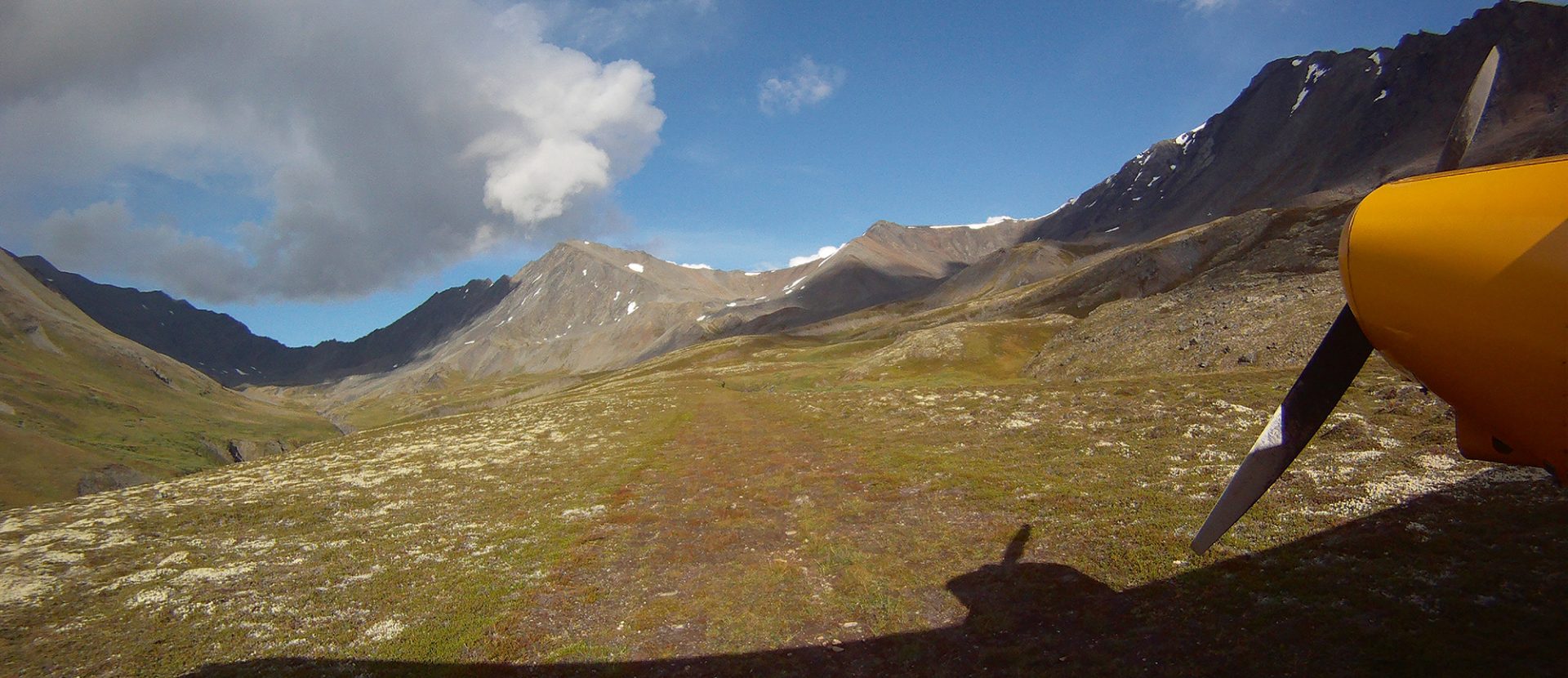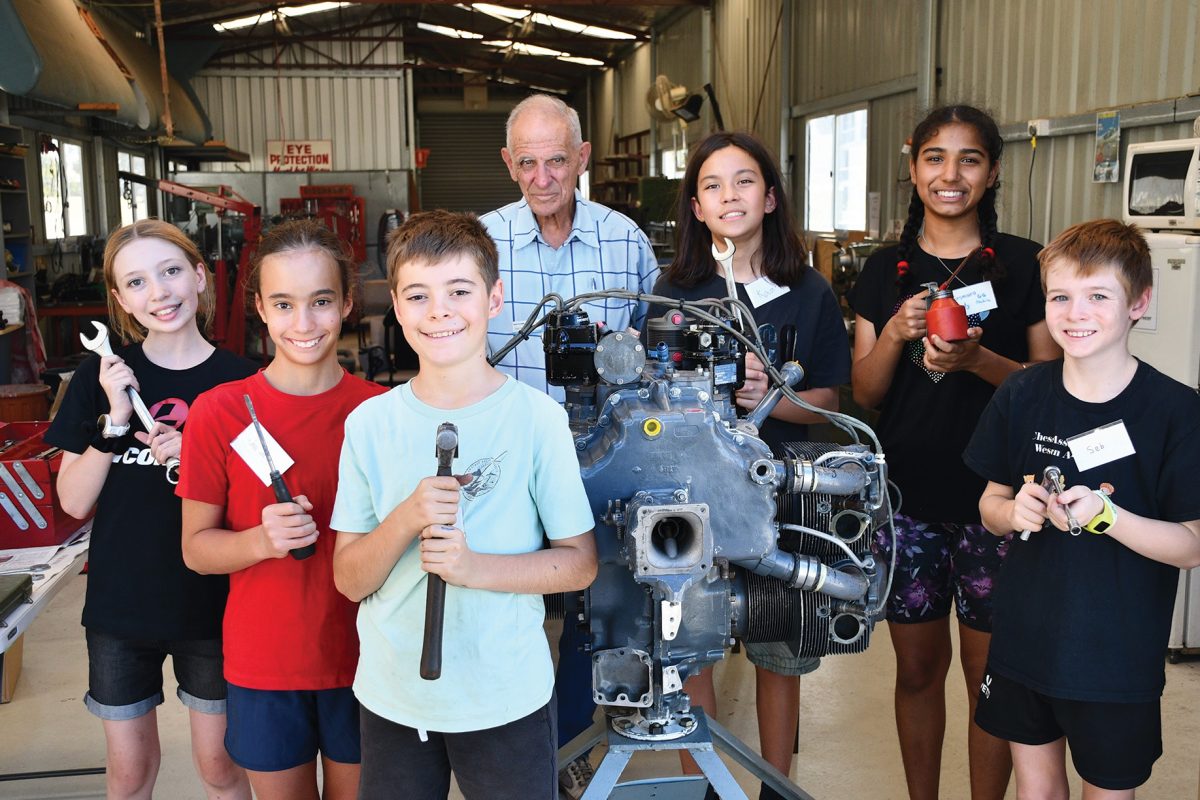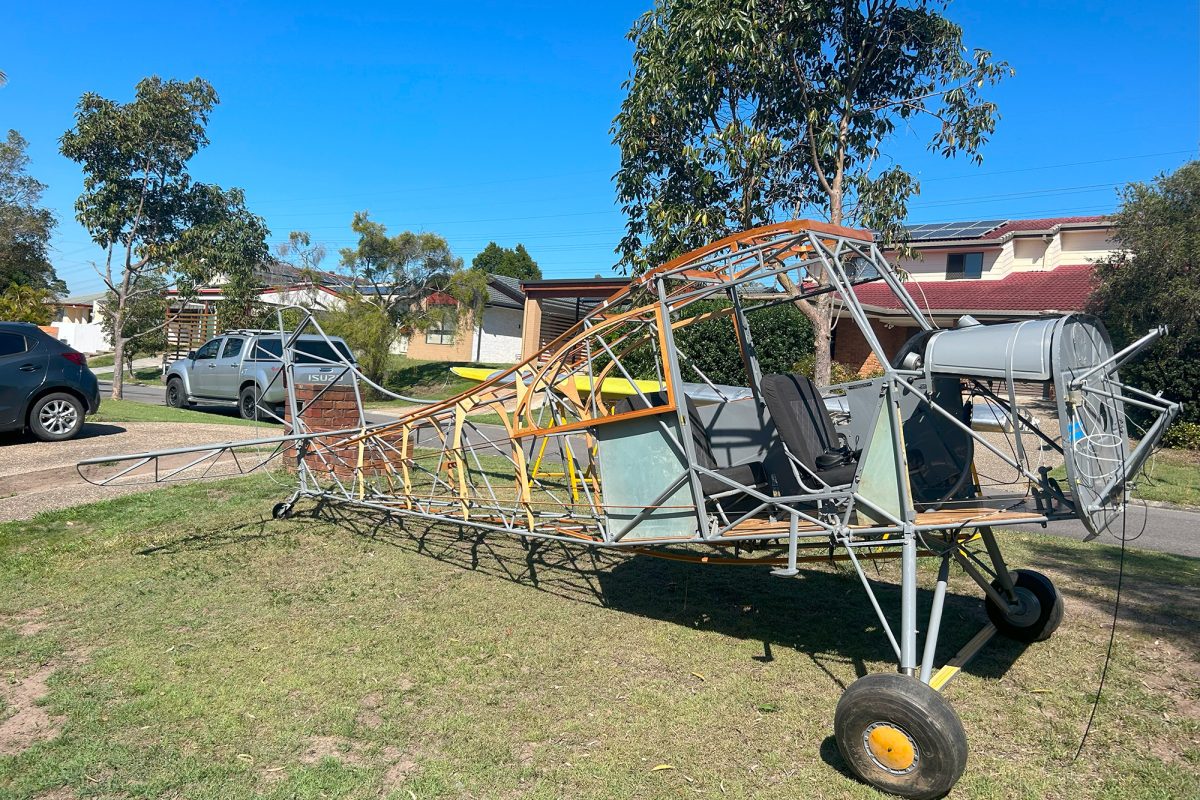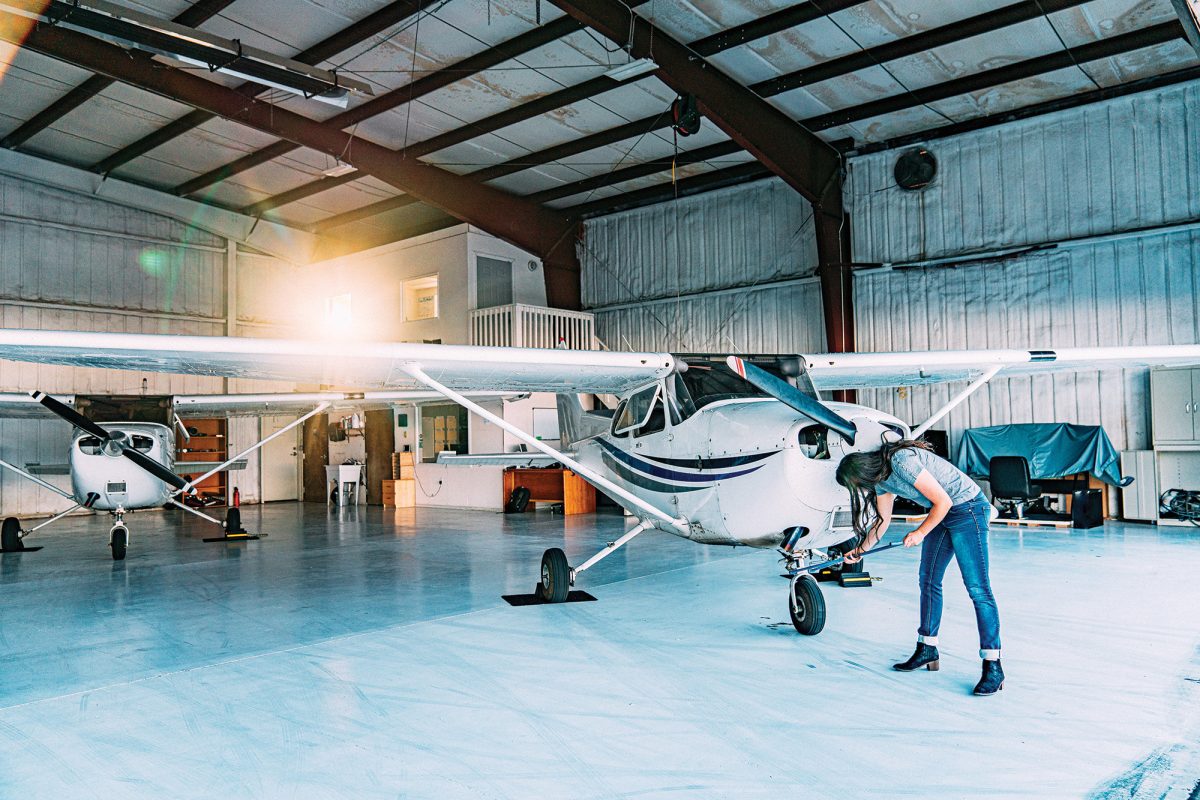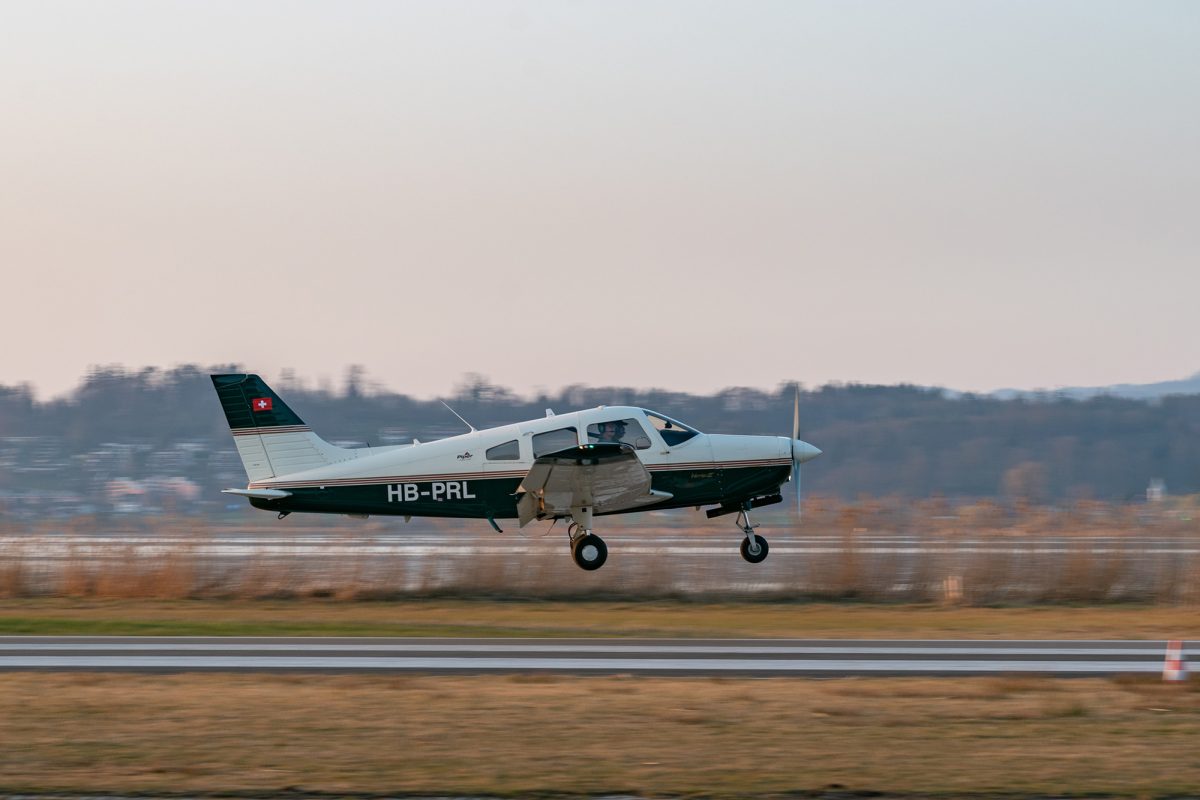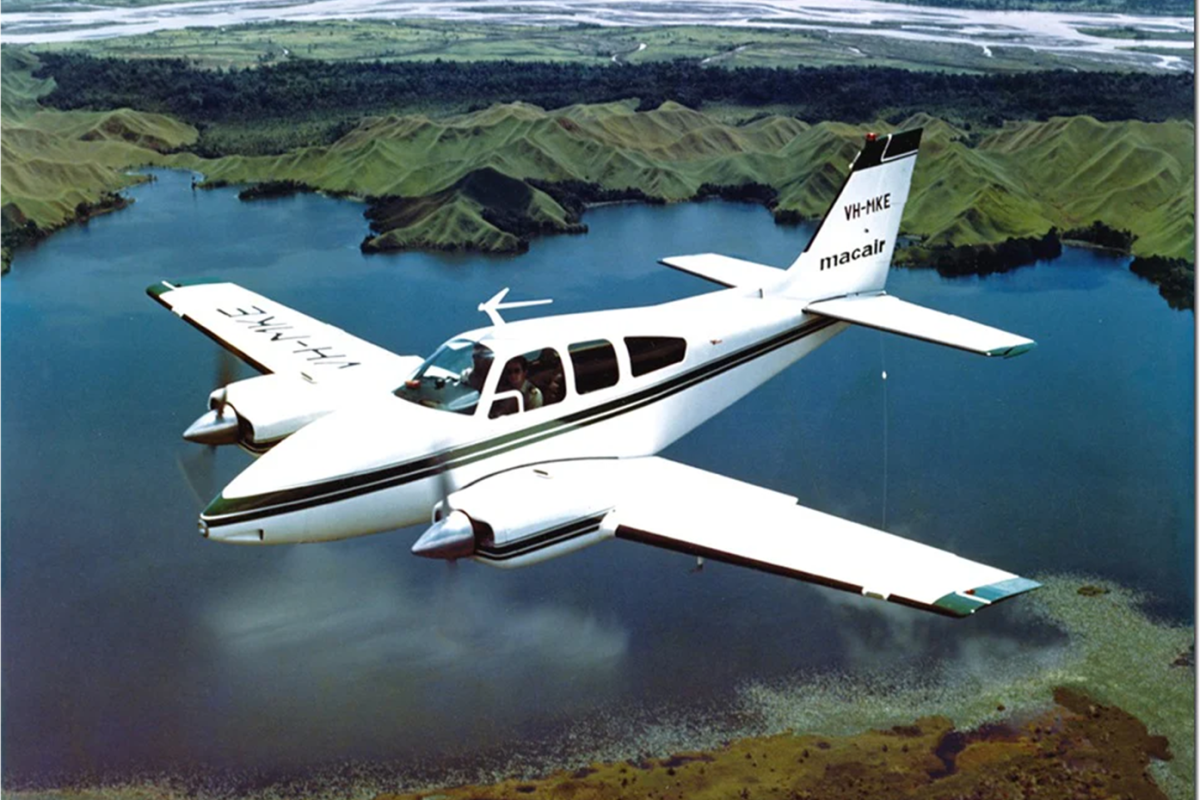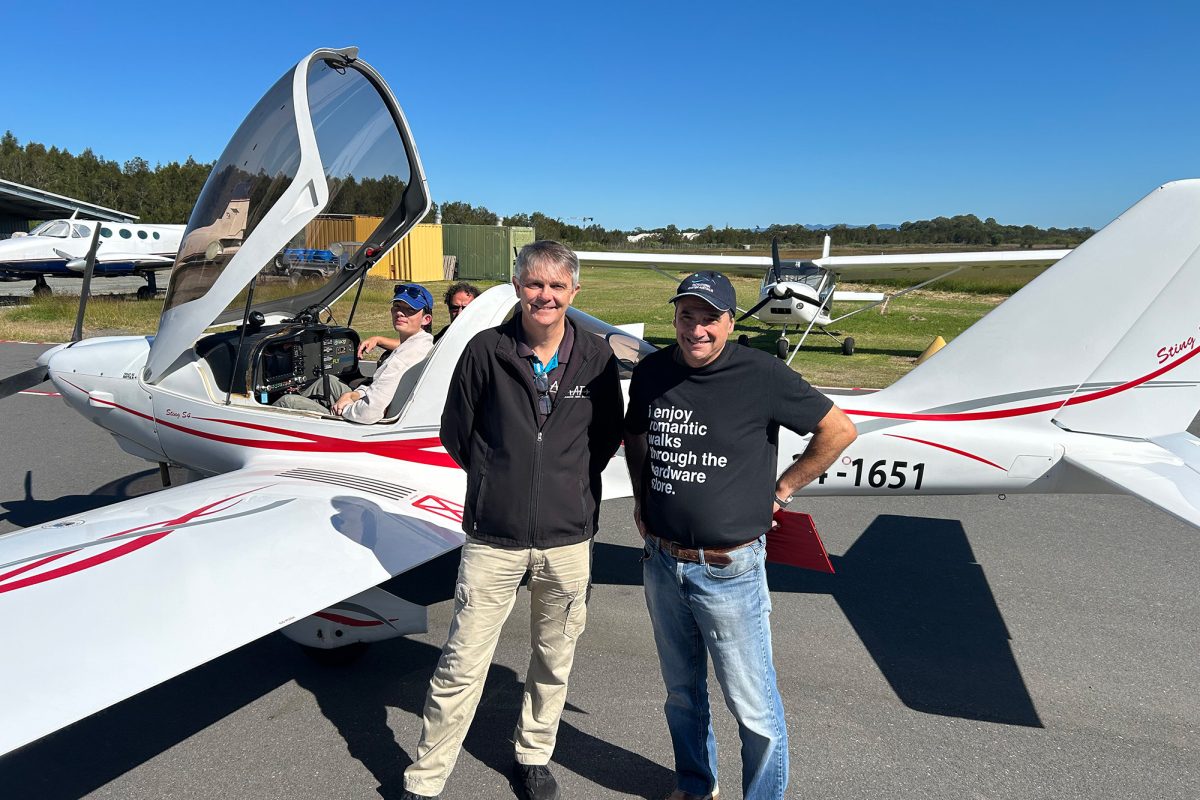EXPLORING THE WONDERS AND SKILL OF SHORT TAKE-OFF AND LANDING
Imagine a typical landing scenario; decent but steady headwind, cool temperatures and a runway just about on sea-level. For most pilots, touching down safely would be a walk in the park. But what if the runway was just 287cm long?
Short Take-Off and Landing (STOL) flying is a fascinating area of aviation, opening up a dizzying array of opportunities to recreational pilots. Mastering STOL can enable you to land off-airport, exploring the rugged beauty of Australia on a level that very few ever get the chance to. Landing on beaches, next to rivers, atop mountain plateaus and many other untouched areas of the country, it’s easy to see why STOL attracts the most adventurous of pilots.
STOL flying has exploded in popularity recently, as footage from around the world has been shared online of pilots taking off and landing in roughly the length or their aircraft. In Valdez, Alaska in 2018, Dan Reynolds set the world record for shortest landing with a distance of just 9’5” (287cm). To put that in perspective, that’s about one tenth of a cricket pitch, three quarters length of a Volkswagen Beetle or just slightly longer than the arm span of NBA superstar, Shaquille O’Neal. It’s an incredible feat, and one that STOL flyers have put countless hours of R&D into, attempting to create the perfect STOL aircraft.
“It’s real fun and it’s a good challenge,” said STOL enthusiast and owner of Wings out West, Dan Compton. Wings Out West is Dan’s flight school near Dubbo, New South Wales. The business specialises in bush flying, STOL, low level and survival flying for those seeking a challenge or some adventure. Dan’s students learn the basic aspects of bush flying from day one, allowing them to gain a full appreciation for STOL and the opportunity to master the necessary techniques.
So, what makes an ideal STOL plane? To break it down let’s look at the two essential parts of STOL separately; take-off and landing.
When taking off, there are two things STOL flyers are looking to achieve; maximising power-to-weight ratio and, of course, maximising lift. Combined, these factors improve acceleration on the runway and provide a high rate of climb. Theoretically, any aircraft can achieve a short take-off by simply adding power, but when limited to RAAus’ single engine and weight regulations, just installing a huge engine won’t quite cut it. Most STOL aircraft have relatively stock-standard Rotax, Lycoming or Jabiru engines, while focusing on making the rest of the aircraft as light as practically possible to improve that ratio. Wing design is also vital in maximising lift. STOL aircraft typically have larger wings and are equipped with additional devices such as larger-thanaverage flaps and leading-edge slats to boost the lift coefficient. Additionally, STOL aircraft must be configured in a way that provides a high angle of attack at or near the ground, in order to provide maximum lift in as little time as possible. As such, STOL aircraft are often in taildragger configuration with a long main gear to raise the nose, however tricycle configuration is also possible with a strongly upswept rear fuselage to minimise the chance of a tail strike when lifting off quickly.
On take-off, STOL pilots look to build up acceleration quickly before maximising the angle of attack. In a taildragger, a pilot will lift the tail to zero the angle of attack, allowing them to gain some acceleration before pulling back quickly and potentially adding some flap, dropping the tail down again and returning the plane to its high angle of attack. This ‘pops’ the aircraft off the ground, allowing the pilot to level out and accelerate again while still in ground effect, before pulling up to the best angle of climb and completing a short take-off.
When landing, one factor rules all; stall speed. Being able to fly at extremely low speeds is essential to a successful short landing, and so STOL pilots use various factors to allow this. Again, wing design is a major factor, with large flaps and leading-edge slats all helping to lower the stall speed. Vortex generators are also used. These are small vanes attached to the leading edge of a wing that cause vortexes, delaying flow separation and stalling. Thanks to these design characteristics, typical STOL planes boast stall speeds as low as 20kts.
While low stall speeds are important, landing at stall is not the ideal scenario for most STOL pilots outside a competition setting. Instead, most bush pilots will set up a steep landing with high drag, coming in slow, but still comfortably above stall. Intentionally entering a forward slip is also a possibility, helping to increase drag. Coming in with this vertical motion, a lot of the energy is then transferred into the ground (aided by strong suspension) and not along the runway, allowing the pilot to stop short. Ground effect also comes into play during landings. Aided by the lowered stall speed, STOL pilots are able to “float” gently into landing with extreme control, landing almost vertically in the correct conditions.
Despite this, it’s not all about take-off and landing. Most STOL aircraft are first and foremost bush aircraft, and so designs reflect the need to land in obstaclerich areas and carry a decent payload. Theoretically, fantastic STOL capabilities could be achieved with massive, glider-like wingspans and ultralight airframes, but in the real world, these designs are highly impractical. Pilots flying an aircraft like this might find their STOL capabilities are useless if a landing area is quite narrow, with obstacles either side. They might also find that landing off-airport is simply no fun if they can’t bring along camping gear in fear of the additional weight.
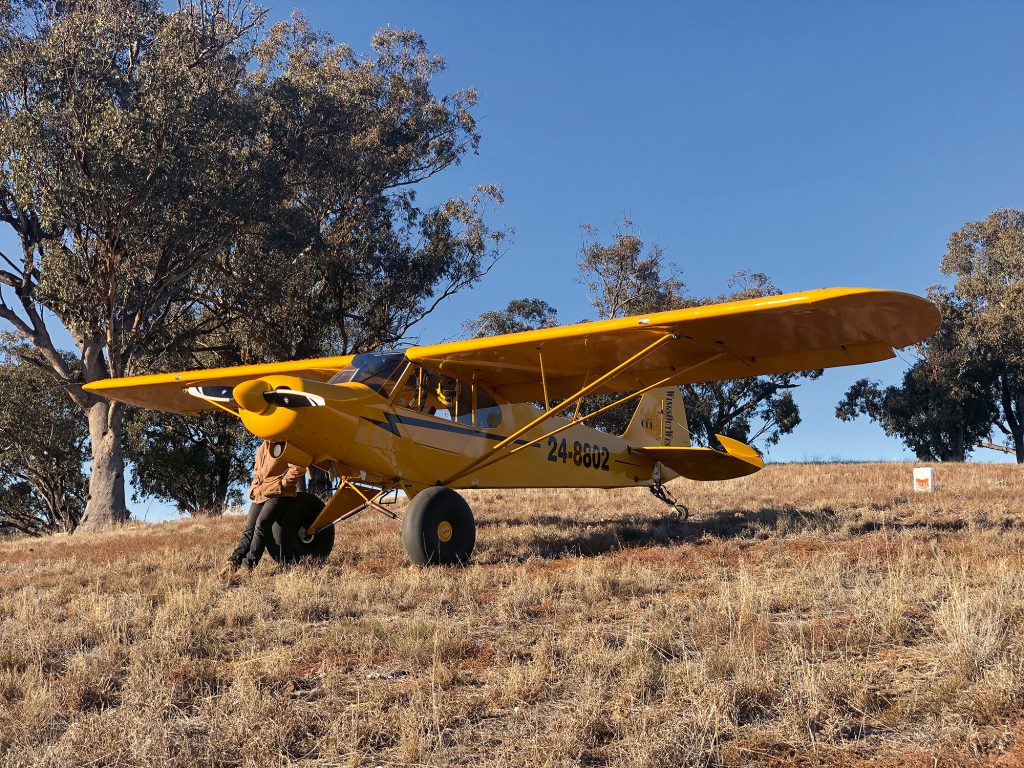
As a result, almost all STOL planes are highwing, allowing for improved clearance and better views of the ground. Many STOL aircraft are also rag and tube designs, as due to their operating off-airport, they are far more susceptible to damage than runway-only aircraft. Having a canvas skin means that if the aircraft fuselage is punctured, a simple bit of tape can be used to patch it up and allows a pilot to get home. Large, low-pressure tundra tyres and increased suspension also become a must when landing off-airport, helping to cushion landings and improve movement along rough and uneven terrain.

When analysing STOL aircraft like the Zenith CH701 or the multitude of Piper Cub clones, it becomes clear that while being able to land on a cricket pitch with plenty of room to spare is truly incredible, STOL is so much more than that. STOL flying is about freedom, adventure and challenging yourself to perfect your craft. It’s about seeking out experiences that lay out of reach of most people, and even most pilots. It’s about achieving a level of confidence in take-off and landing situations that can prepare you for emergencies when flying other aircraft.
Once mastered, STOL flying can take pilots to some incredible places. “Bush flying allows you to use a plane to actually go where you want to go. When you’re just flying airport to airport and you have to get taxis or hire cars, it can be difficult to actually get to the places you want to be. With bush flying though, you can fly right to the place you want to go, provided you have permission. Flying becomes a truly useful form of transport,” said Dan from Wings Out West. Dan also spoke of the immense sense of accomplishment felt each time he lands somewhere new; “Every spot’s a little bit different. You’ve got to use your head, check it out and make sure it’s safe for you to get in there,” he said.
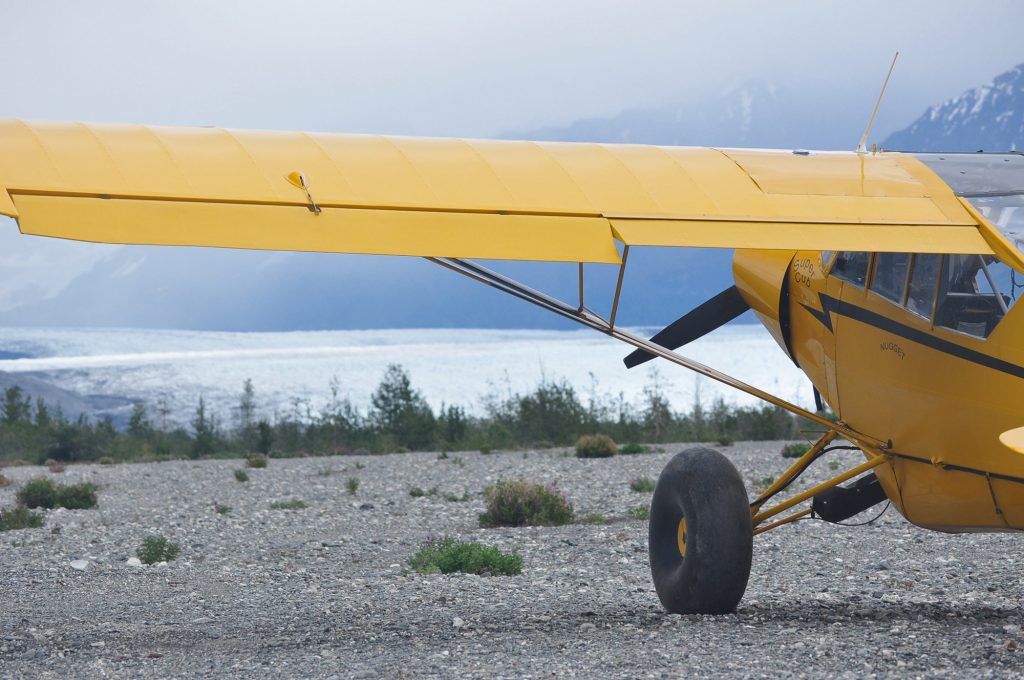
So, how do you get into STOL? Dan stressed the importance of training and practice before attempting STOL on or off-airport. “It is something you do need to learn. There are a few schools popping up like ours across the country, and there are also groups [like the Bush Flyers Down Under Facebook group and Oz STOL] that are very welcoming. It’s important to learn, either through group support or going out and finding the right instructor,” he said.
Although it’s not compulsory, Dan also recommends gaining a low-level endorsement to really get a sense for what bush flying is all about; “It’s a good awareness tool for operating below 500ft, which is exactly what bush flying is. It just helps to gain that awareness about managing your safety, finding powerlines and other potential hazards.”
It’s easy to view many STOL aircraft as silly, weirdlooking or even downright ugly, but the sheer utility of these amazing machines reflects their true beauty. These are machines are perfectly designed to serve a very particular purpose, and to do so with extreme effectiveness. Parked next to a Sling, a Cub might look like a Mazda next to a Maserati, but if you’re looking to get out and see this country in all its glory, there’s only one option I’d pick.
